Lab Members

Michael Long
Principal Investigator
Michael Long studies the neural circuits that underlie complex behavior. He trained with Barry Connors (Brown University) and Michale Fee (MIT). His laboratory examines brain networks during the perception or production of skilled movements (often vocalizations) with a special interest in understanding the cellular and network properties that contribute to these behaviors.
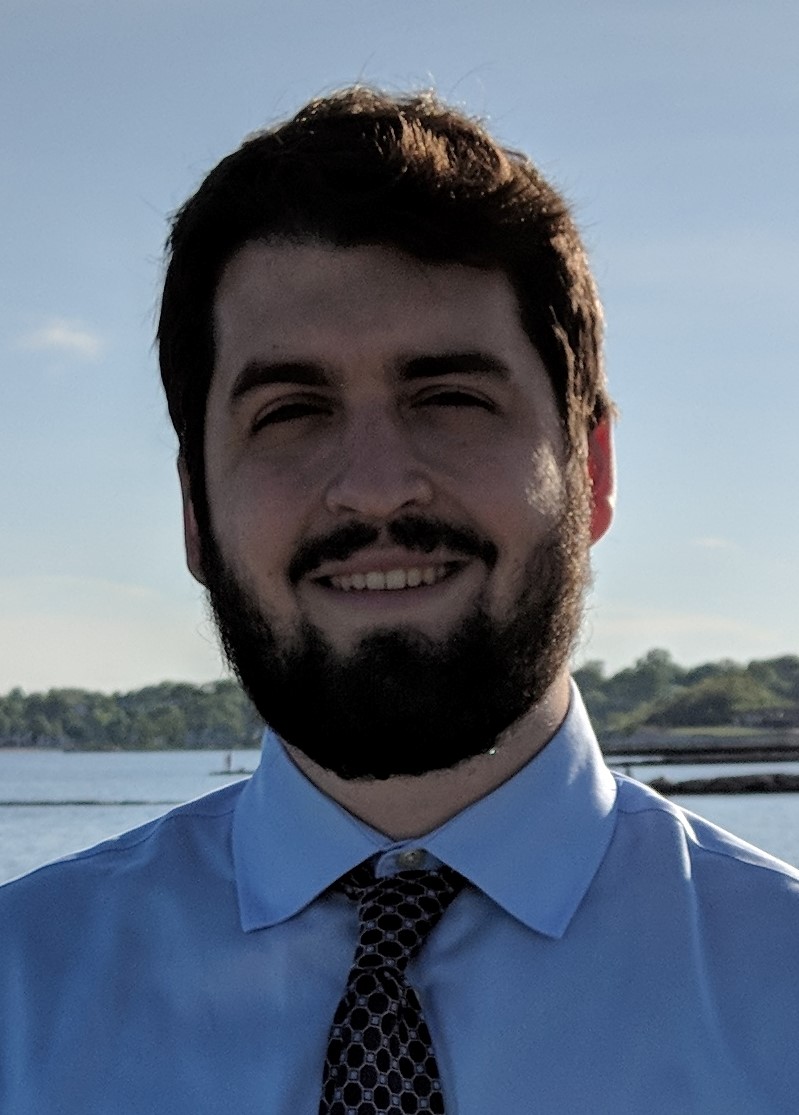
Gregg Castellucci
Postdoctoral Associate
Gregg studies how the brain generates rhythmic motor sequences, and is especially interested in the production of human speech and animal vocalizations. In 2017, he completed a joint PhD in linguistics and neuroscience at Yale University under the direction of Stephen R. Anderson and David McCormick. In the McCormick Lab, he investigated the biological and genetic basis for ultrasonic vocalization in house mice. He then joined the laboratory of Janghoo Lim in the Yale Department of Genetics, where he studied the neurobiological mechanisms of pathological articulatory variability in spinocerebellar ataxia type 1. In the Long lab, Gregg uses human intracranial electrophysiology to examine the role of IFG and sensorimotor brain regions in generating speech.
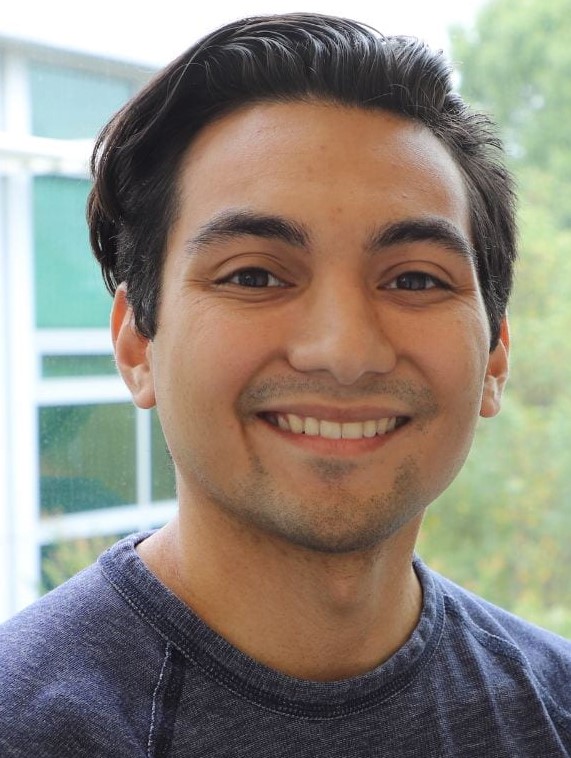
Joseph Del Rosario
Postdoctoral Associate
Joseph is passionate about understanding the neural circuits underlying behavior and leveraging this information to investigate neurological conditions such as autism. He completed his PhD in biomedical engineering at Georgia Tech and Emory University in 2023. There, under the guidance of Bilal Haider, his research focused on identifying cortical patterns of visual perception in mice. In the Long Lab, Joseph is interested in using singing mice to study the neural processes driving vocal interactions, with the hope this leads to better insight into the neural underpinnings of communication impairments.
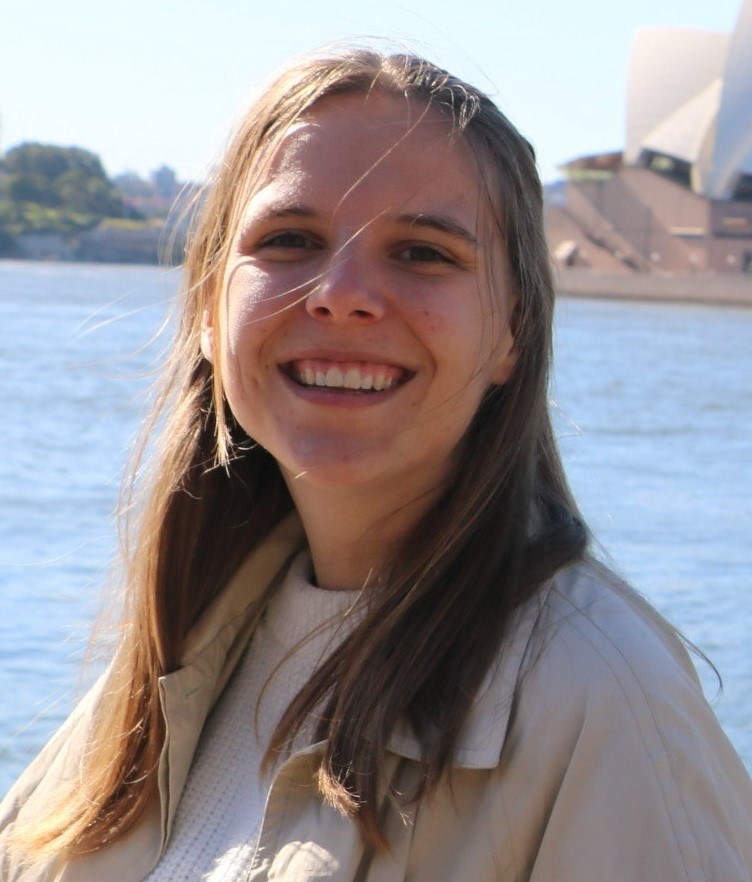
Lore Flipts
Research Associate
Lore is a research associate in the Long Lab, fascinated by the intricate mechanisms that underlie human cognition and behavior. She obtained her degree in biomedical engineering with a minor in neuroengineering from Ghent University, located in Belgium. During her studies, she found herself mostly interested in the intersection between engineering and neuroscience, focusing on learning a wide variety of neuroimaging techniques and analysis methods.
Read more
Additionally, she translated this theoretical knowledge into practice during her EEG research, which was aimed at finding novel methods to diagnose mental health conditions based on measurable human behaviors, such as rumination. After graduating in Belgium, she joined the Long Lab in order to gain invaluable research experience and further expand her understanding of the fascinating mechanisms in the human and animal brain.
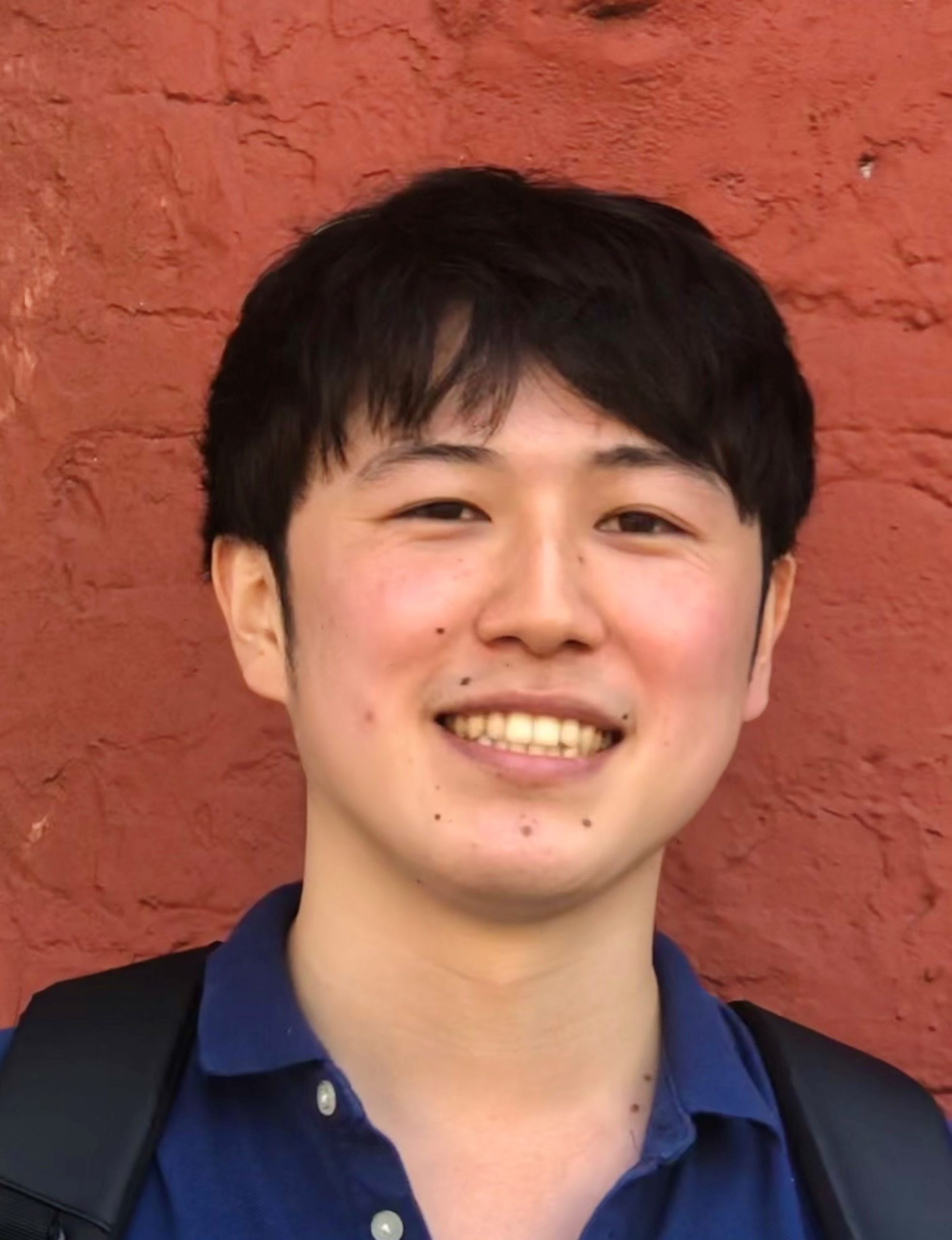
Yuki Fujishima
Graduate Student
Yuki is a research associate in the Long lab, passionate about understanding neural mechanisms underlying social and cognitive behavior. He went to Kyushu University School of Medicine, where he grew his interest in psychiatry/neuroscience and worked on MEG research on schizophrenia. Yuki also interned in the Spencer lab at Harvard Medical School to study neural oscillations of individuals with schizophrenia and built a pipeline to improve EEG localization. After obtaining an M.D. from Kyushu University and briefly working as a medical doctor, he joined the Long lab to further train in neuroscience research and pursue knowledge creation. He is fascinated to investigate how behavior is made possible at the neural circuit level.
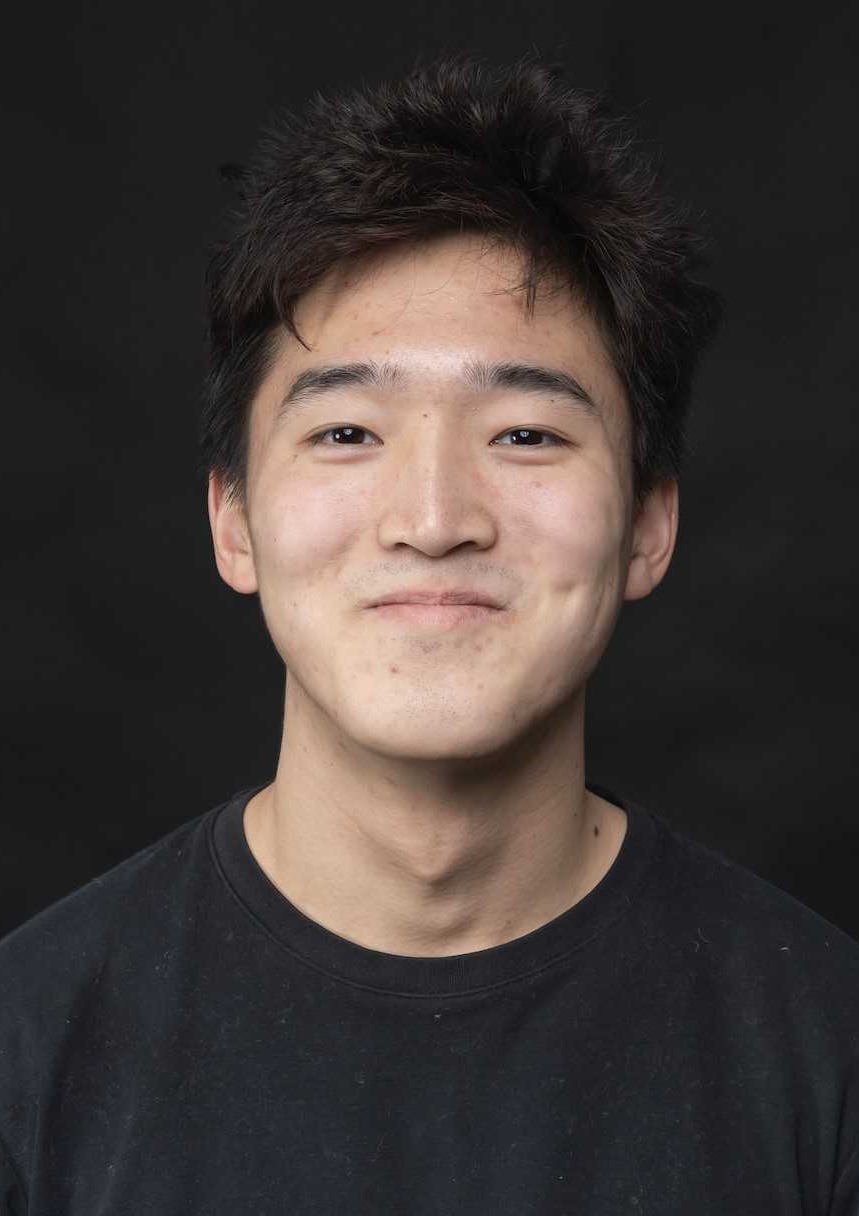
Brian (Jeong Woo) Kim
Graduate Student
Brian (Jeong Woo) was introduced to computational neuroscience as an undergraduate by Elie Bienenstock at Brown, where he modelled the self-organization of synfire chains in winner-take-all spiking networks. More importantly, he was brainwashed to believe that precise-timing, synchrony, and network-motifs play integral parts in neural computations. After graduating with concentrations in Applied Math and Visual Art, he worked as a research assistant in Xiao-Jing Wang’s lab at NYU. During this time, he analyzed and modelled behavioral data from monkeys and humans conducting a variant of the Wisconsin Card Sorting Task. In the Long lab, Brian is interested in the cell-types and connectivity that generate neural sequences in the zebra finch HVC.
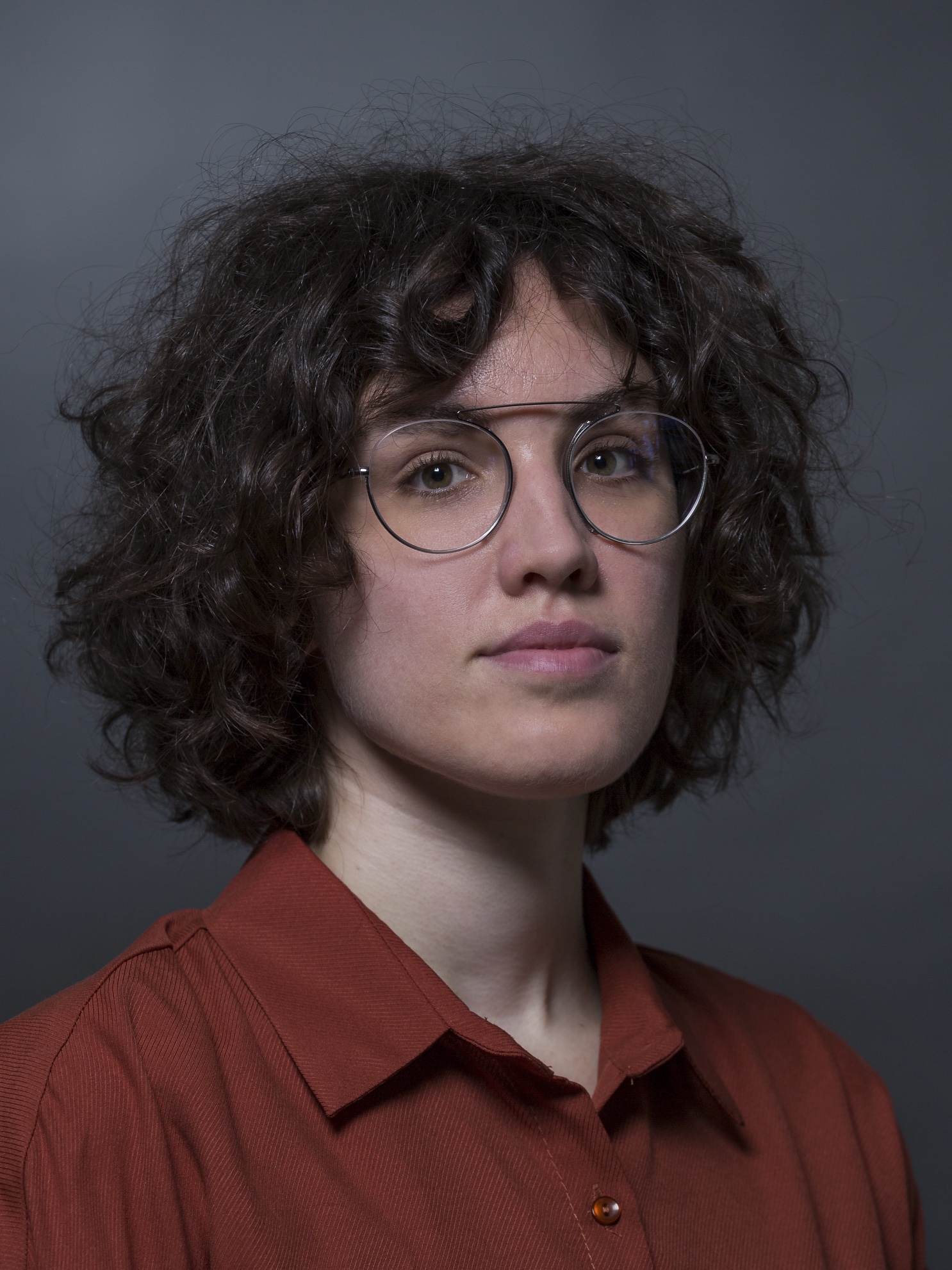
Kinga Kocsis
Postdoctoral Associate
Kinga is driven to learn about how neuronal networks orchestrate behavioral responses upon the extraction of ethologically relevant temporal sound patterns. As part of her PhD, she worked on temperature-coupled rhythmic activities in the thalamocortical network with Péter Barthó, and the aversive cue processing of the lateral thalamo-amygdala route with Ferenc Mátyás in Budapest. Here, she also examined aversive ultrasonic vocalizations in adult lab mice, which she carried on in the bioacoustics masters organized by the ENES lab in Saint Étienne. As an intern in Andrea Ravignani’s lab at the MPI in Nijmegen, she characterized percussive behavior in harbor seal interactions. In the Long Lab, Kinga studies the sensorimotor transformations of interactive vocal behavior in singing mice.
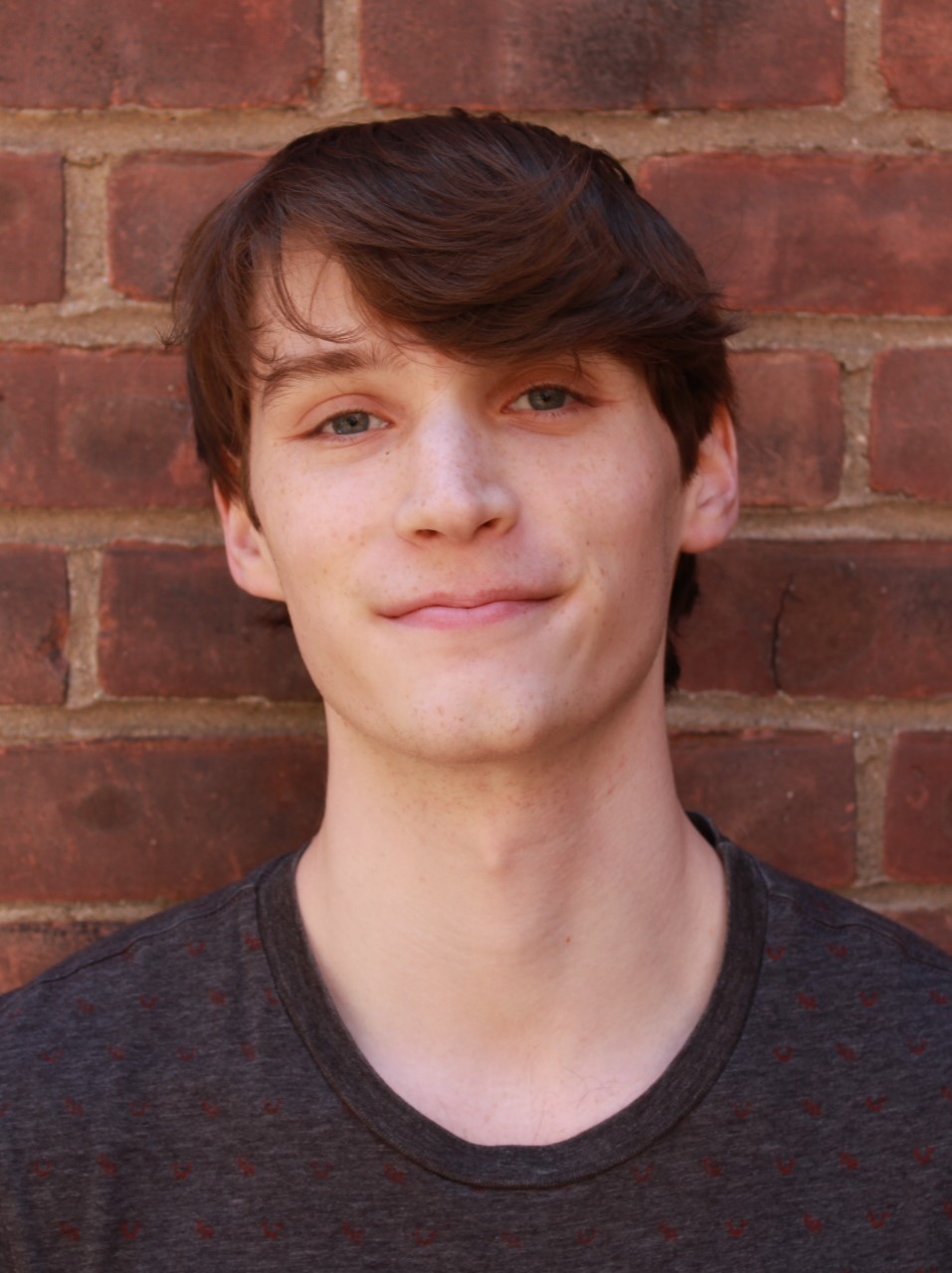
Mac MacKay
Undergraduate Researcher
Mac is a presidential honors undergraduate student at NYU. His interest in neuroscience is rooted in his love of science as well as his personal journey living with a neurological speech disorder. Mac has previously interned at a gene therapy company that focused on CNS disorders and conducted research on food insecurity at the Manhattan VA Hospital Medical Center. The past year, he has helped found the Brain and Spine Scholars which is a high school internship program operated through NYU’s Grossman School of Medicine which is aimed to promote inclusion, diversity, and equity within the field of neurosurgery. In the Long Lab, Mac is currently working on his senior thesis, which involves analyzing neural recordings and their relation to patient speech behavior.
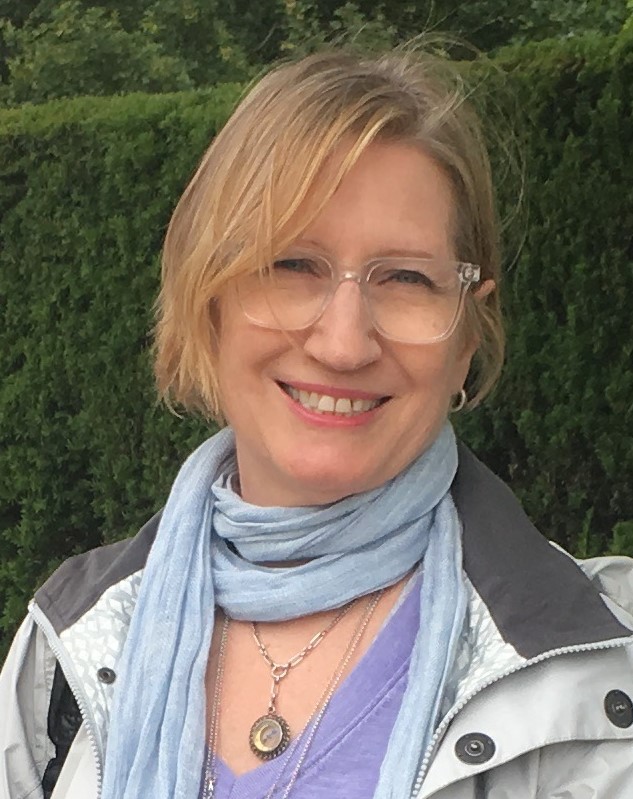
Abby Paulson
Staff
Abby grew up in Canada where she studied architecture (BES University of Manitoba) and fine art (BFA University of Alberta). Previous to joining the Long lab, she was the lab manager and technician in Dr. Mitchell Chesler’s lab for six years where she was introduced to the fascinating study of the brain. Additionally, she has immersed herself in online courses, studying the brain, chemistry, and genetics. In the Long lab, she is delighted to be learning all about singing mice, zebra finches, and budgies.
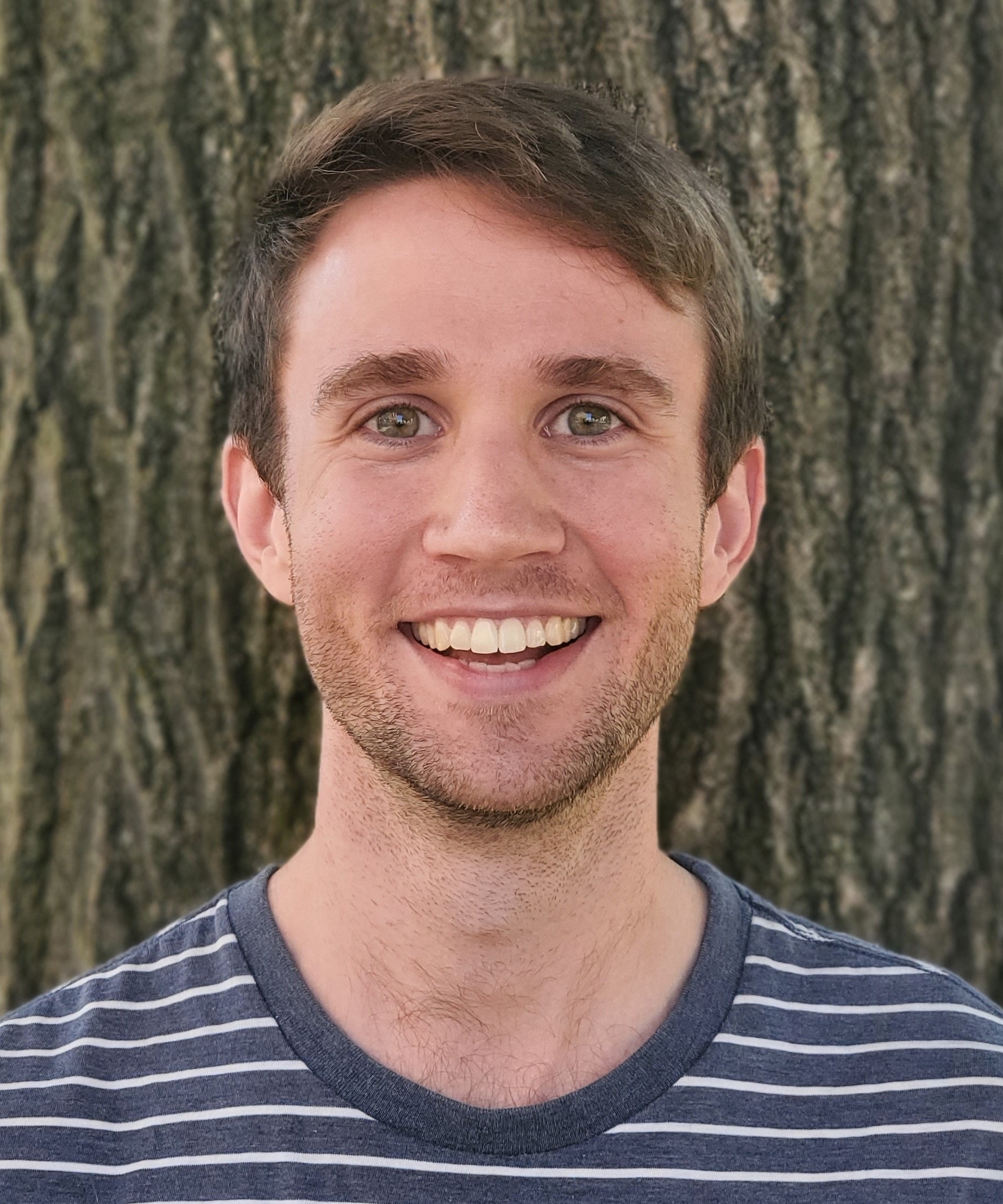
Matt Phillips
Postdoctoral Associate
Matt is interested in understanding how biophysical features of individual neurons, such as ion channel profile, synaptic organization, and cellular morphology, contribute to information processing at the circuit and population levels. Matt completed his PhD working in the lab of Dr. Jon Johnson at the Center for Neuroscience at the University of Pittsburgh, where he utilized electrophysiology and computational techniques to study the interplay between gating and block of NMDA receptors. In the Long Lab, Matt aims to investigate and compare the biophysical underpinnings of neural circuits that govern ethologically relevant behaviors in the zebra finch and Scotinomys teguina.
Matt.Phillips@nyulangone.org

Zetian Yang
Postdoctoral Associate
Zetian was drawn into neuroscience by wondering how physical neural systems accomplish phenomena that seem immaterial. Pursuing this interest, he has studied primate brains, first in humans at a coarse scale and then in nonhuman primates at a fine scale. Now in the Long lab, he switches his attention to the birds, which have drastically different brains from those of primates, but show a level of intelligence on par.
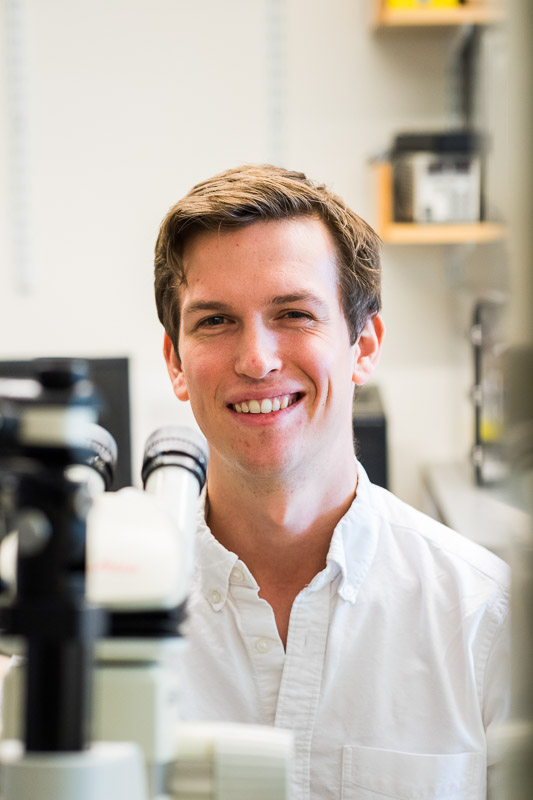
Andrew Bahle
Postdoctoral Associate
Andrew has a background in both neuroscience and music performance and is interested in how the brain coordinates complex, planned and improvised actions. He completed his PhD in Brain and Cognitive Sciences at MIT in 2024, working in the lab of Michale Fee. Andrew’s dissertation research explored the neural mechanisms underlying the formation of auditory memories used for song imitation in zebra finches. In the Long lab, Andrew is investigating the neural control of vocalizations in Budgerigars, a small species of parrot. He aims to understand how extreme vocal flexibility emerges from a small network of interconnected brain regions and to explore the limits of avian vocal abilities.
Alumni
Margot Elmaleh
Postdoc, Laurent Lab, MPI Frankfurt
Elnaz (Ellie) Hozhabri
Graduate Student
Lyn Archer Ackert-Smith
Research Assistant: 2021-2022
Graduate Student (Northwestern University, Neuroscience)
Arkarup Banerjee
Postdoctoral Fellow: 2016-2020
Faculty: Cold Spring Harbor
Ariadna Corredera Asensio
Research Assistant: 2020-2022
Graduate Student (NYU, Neuroscience)
Sam Benezra
Graduate Student: 2010-2016
Scientist I (Biogen)
Aimee Chow
Lab Manager: 2014-2016
Administrative Assistant (NYU Langone)
Rachel Clary
Research Assistant: 2012-2014
Postdoctoral
Robert Egger
Postdoctoral Fellow: 2016-2020
Biomedical Data Scientist: PathAI
Celine Joiris
Undergraduate: 2010-2012
Postdoctoral (Duke: Glickfeld lab)
Madeleine ‘Maddy’ Junkins
Lab Manager: 2016-2018
Graduate Student (Yale University, Neuroscience)
Kalman ‘Vigi’ Katlowitz
Graduate Student: 2014-2018
Neurosurgery residency (Baylor College of Medicine)
Georg Kosche
Graduate Student: 2012-2016
Postdoctoral (FMI: Botond Roska)
Devorah Kranz
Research Associate: 2018-2020
Graduate Student (Harvard University, Neuroscience)
Felix Moll
Postdoctoral: 2016-2021
Senior Research (University of Tübingen)
Daniel Okobi
Graduate Student: 2011-2015
Neurology residency (UCLA)
Michel Picardo
Postdoctoral Fellow: 2013-2016
Faculty (INMED, Neuroscience)
Brandon Robinson
Research Assistant: 2010-2012
Graduate Student (University of Washington, Physics)
Daniela Vallentin
Postdoctoral Fellow: 2010-2016
Faculty: Max Planck Institute for Ornithology
